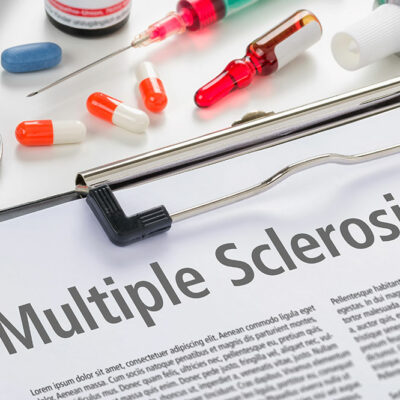Important things that you must know about pain management

The techniques of pain management are devised based on the cause of pain. Pain management also depends on the severity and duration of pain. It focuses on the identification of the source of pain and selecting the best course of treatment.
Let us take a closer look at some of the aspects of pain management.
Types of pain
The most common types of pain are:
Neuropathic pain
It’s a type of pain, which impacts the nervous system. In this form of pain, there is damage to the nervous system. A typical example is a diabetic neuropathy. Neuropathic pain can also include fibromyalgia, sympathetically maintained pain and irritable bowel syndrome.
Nociceptive pain
It is a pain that results from a bone that is broken in the body. This pain is determined by the transfer of signals from the peripheral nerves to the brain through the spinal cord.
Somatic pain
This pain is a type that affects the thighs and back of the patient. Every time a patient goes to the doctor with back pain, their doctor checks their medical history and conducts a physical exercise test and imaging test. After an accurate diagnosis, the pain can be adequately treated.
Cancer pain
Cancer or the treatment of cancer can cause this type of pain. There are many treatment alternatives that can help with cancer pain.
Headaches
Headaches are one of the most known sources of pain experienced by many people. It can interfere with the ability to function normally, as this causes an immense amount of stress.
Diagnosis of pain
Successful pain management depends on the diagnosis. The doctor will examine the medical history and do blood tests as a part of their diagnosis. They will also suggest a few diagnostic procedures.
Some of these methods include the following:
Magnetic resonance imaging (MRI)
With the help of radio waves and a magnet, the doctor can get clear images of what is happening in the body.
Computed Tomography (CT Scan)
CT scan helps the doctor view the cross-section of the body to determine the source of pain. It works similar to an X-Ray.
Electromyogram
Electromyogram lets the doctor test the activities of one’s muscles and how they react to electric signals.
Sonography
This test uses sound waves to help the doctor view what is happening inside the body. Sonography is also commonly called an ultrasound.
Bone scanning
Bone scanning is done to test fractures in the bones specifically.
Methods for pain management
Pain management is best left to the medical experts. As in many cases, one will need specific treatment to get better. However, here are some standard techniques of pain management that one can practice on one’s own.
- Make it a point to do stretches before any strenuous gym workouts.
- Stay active, especially if one has a job that keeps them chained to their desk.
- Drink plenty of water and take over-the-counter painkillers for temporary pain relief before speaking to a doctor.










